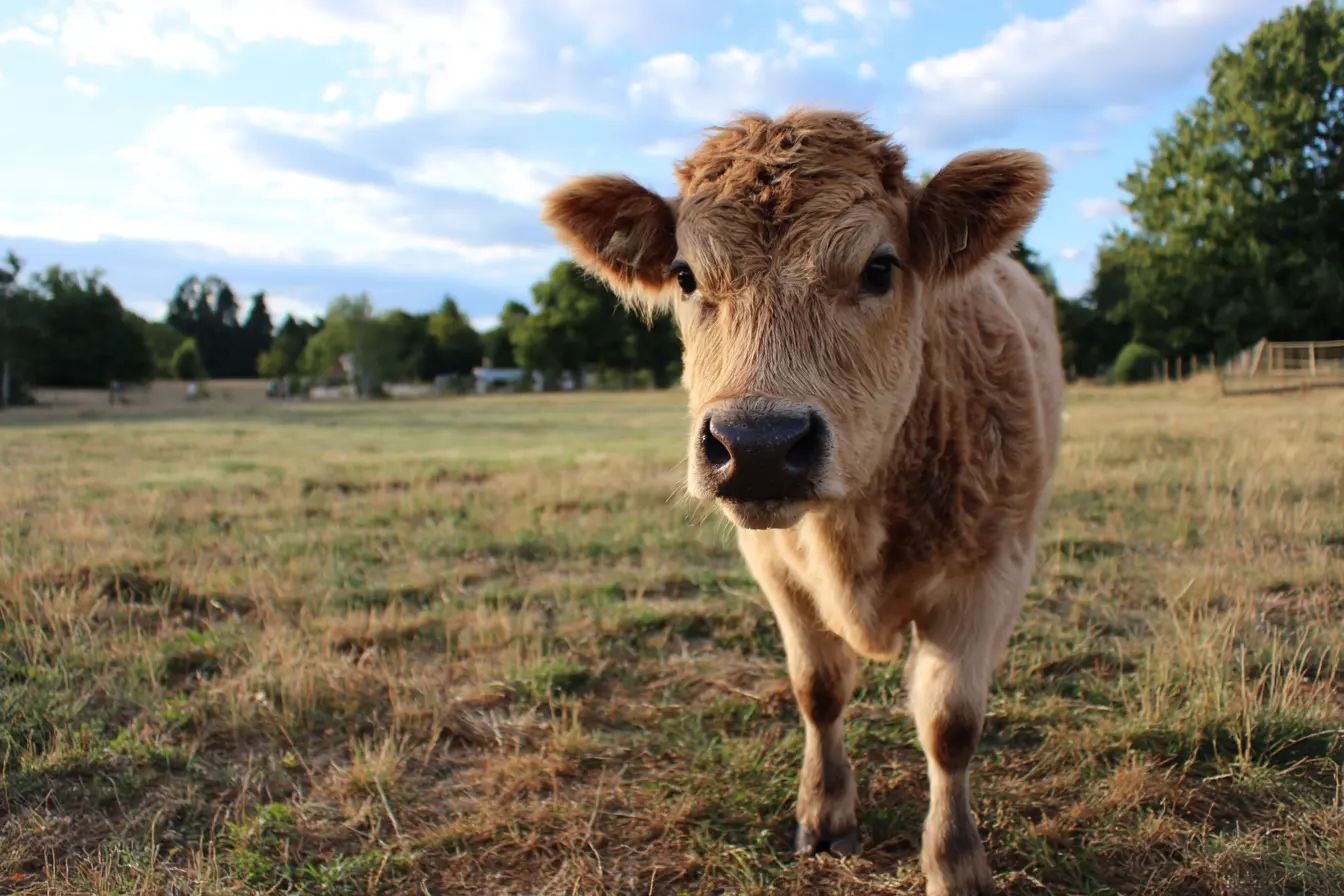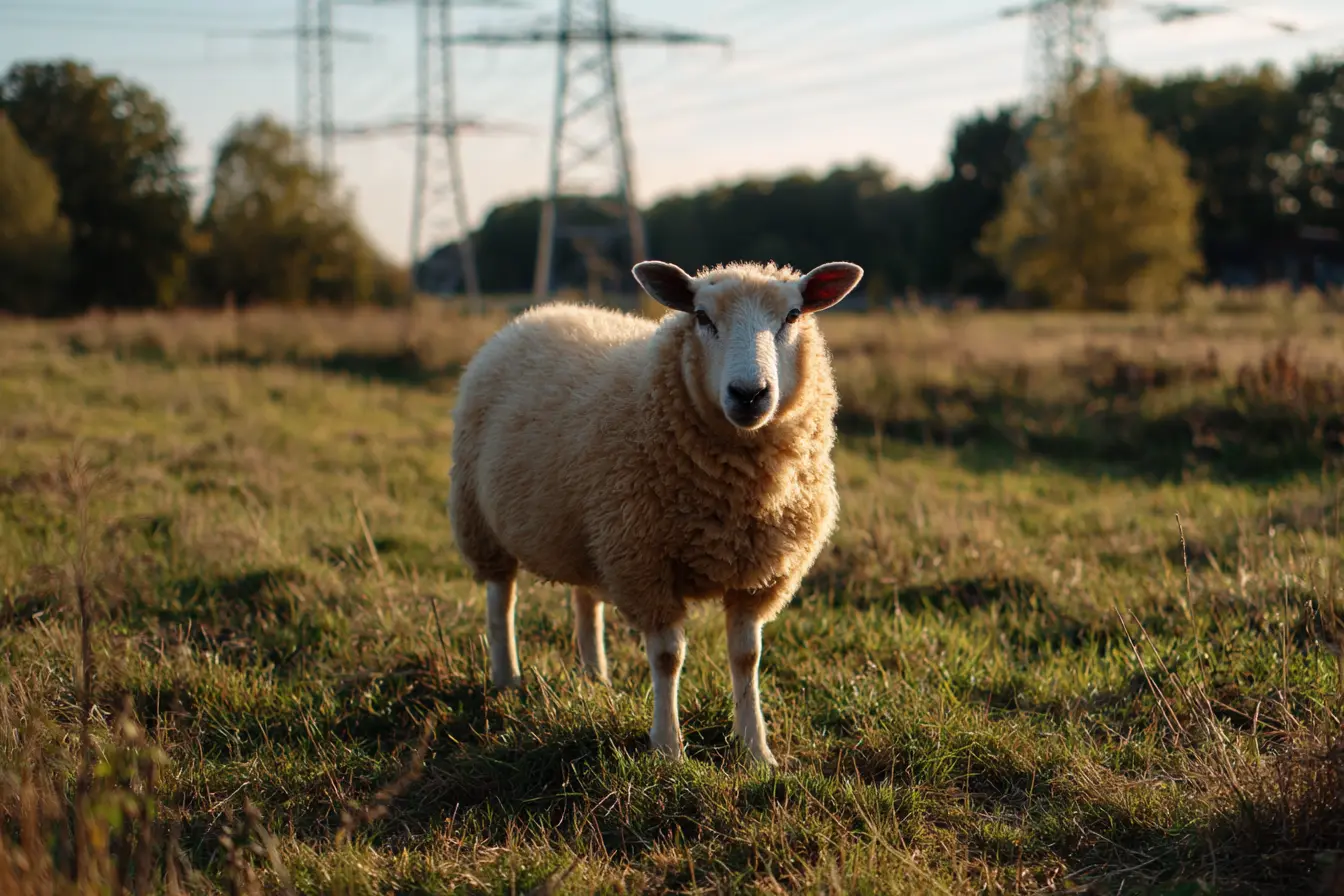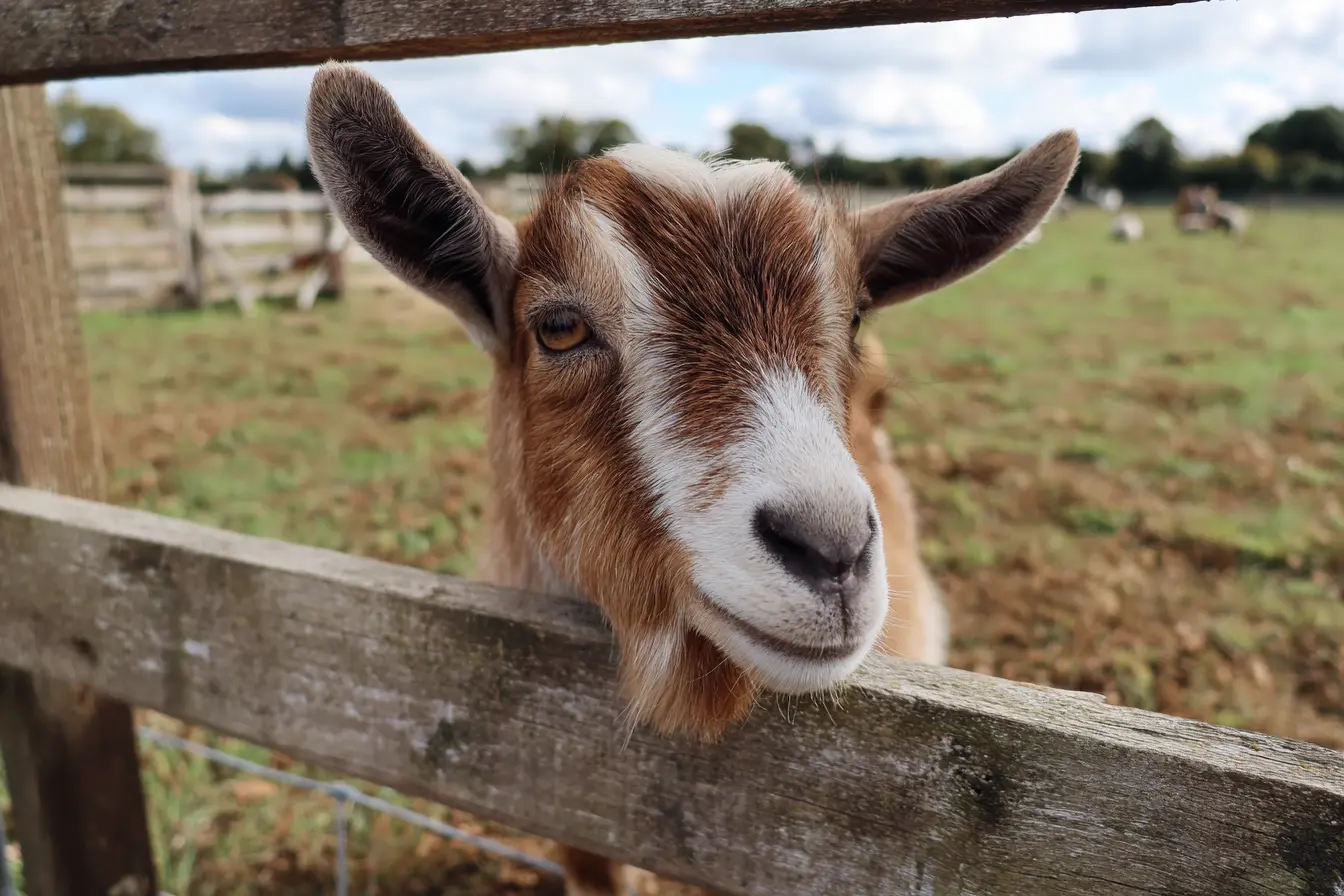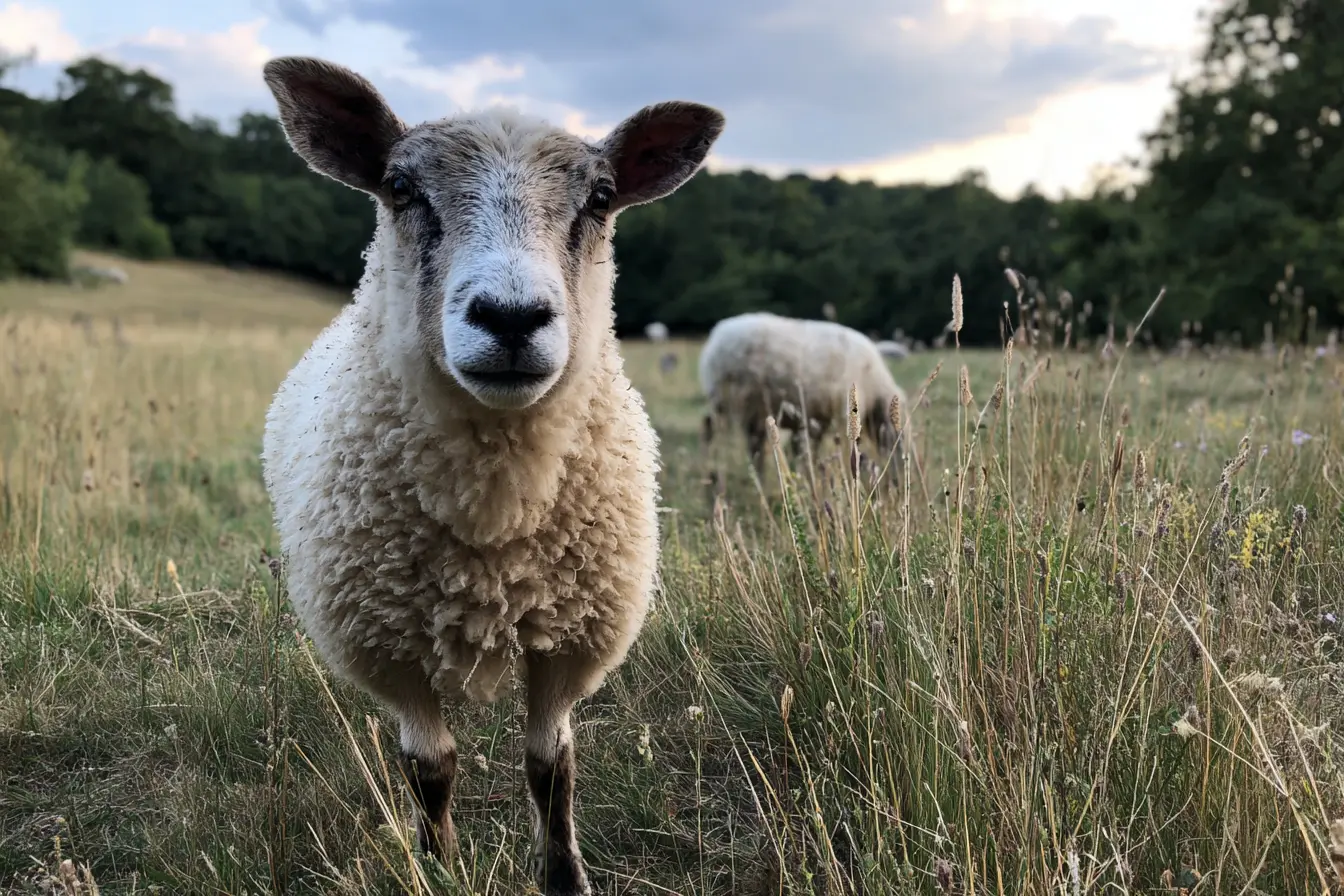
A Complete Guide to Breeding Polled Cattle
Polled cattle are naturally born without horns. Breeding for the polled trait has become increasingly popular among cattle farmers in the UK because it improves safety, welfare, and ease of management while eliminating the need for disbudding or dehorning.
Unlike in goats, the polled trait in cattle carries no risk of intersex conditions, making it a straightforward and reliable breeding goal. This guide explains everything you need to know about breeding polled cattle, including the genetics of the trait, its benefits, breeding strategies, and welfare and management considerations.
What Does Polled Mean?
- Polled cattle are naturally hornless due to a genetic trait that prevents horn growth.
- Horned cattle carry the normal gene that allows horns to grow.
- Scurred cattle may grow small, loose, horn-like growths called scurs, which are not firmly attached to the skull and are more common in males.
Polled cattle are born without horn buds, meaning they never require disbudding.
Genetics of the Polled Trait
The polled gene (P) is dominant over the horned gene (p). This means:
- PP (homozygous polled): Always polled. Will produce only polled offspring, even if mated to horned cattle.
- Pp (heterozygous polled): Polled. When mated to horned cattle, produces a mix of polled and horned calves.
- pp (horned): Horned. Will only produce horned calves unless mated to a polled animal.
Example Breeding Outcomes
- PP × pp → 100% polled calves (all Pp).
- Pp × pp → 50% polled (Pp), 50% horned (pp).
- Pp × Pp → 75% polled (25% PP, 50% Pp), 25% horned (pp).
- PP × Pp → 100% polled (50% PP, 50% Pp).
Using homozygous polled (PP) sires is the fastest way to breed all-polled offspring.
Benefits of Breeding Polled Cattle
- Improved welfare: Eliminates the need for disbudding or dehorning, both of which are painful procedures.
- Safer handling: Reduces risk of injury to handlers, other cattle, and equipment.
- Better group management: Lowers aggression-related injuries, especially in confined housing.
- Reduced labour and cost: No need to schedule and perform disbudding, use anaesthetics, or treat post-procedure wounds.
- Cleaner hides and higher carcass value: Reduces horn-related bruising and hide damage.
- Public perception: Demonstrates commitment to animal welfare and modern breeding practices.
Breeding Strategies for Polled Cattle
To build a polled herd, a structured breeding plan is essential.
Identify Polled Genetics
- Many breed societies and AI companies label bulls as homozygous polled (PP) or heterozygous polled (Pp).
- Use DNA testing if the status is unknown. This is the only reliable way to confirm homozygosity.
Use Polled Sires
- Start by using homozygous polled (PP) bulls on horned cows. This guarantees 100% polled calves.
- If only heterozygous polled (Pp) bulls are available, expect about 50% polled calves from horned cows.
Gradual Replacement
- Keep and breed from your polled heifers to steadily increase the proportion of polled genetics in the herd.
- Replace horned bulls with polled bulls as soon as possible.
Maintain Genetic Diversity
- Avoid narrowing the gene pool by using a range of polled sires from different bloodlines.
- Balance selection for polledness with other important traits like fertility, growth, milk yield, and conformation.
Recognising Polled Calves
- Polled calves are born with flat, smooth heads where horn buds would be.
- Horned calves show raised horn buds from birth that grow rapidly.
- Scurs (small, loose horn-like growths) can develop in polled males but are not true horns and often do not attach to the skull.
Welfare Considerations
- Breeding for polled cattle is widely considered a high-welfare approach because it removes the need for painful horn removal procedures.
- Eliminates the risk of complications associated with disbudding (infection, stress, pain).
- Improves group housing welfare by reducing injuries from horn clashes.
- There are no negative health consequences associated with being polled.
Practical Considerations
- The polled gene is now common in many beef breeds (e.g. Angus, Hereford, Limousin, Simmental) and increasingly available in dairy breeds like Holstein and Friesian.
- Breed societies and AI catalogues usually state if a sire is polled, and whether it is homozygous or heterozygous.
- Using homozygous polled sires can convert a horned herd to fully polled within two to three generations.
Conclusion
Breeding polled cattle is a practical and welfare-friendly strategy that can significantly improve safety, reduce labour, and enhance productivity on farms. Because the polled trait is dominant and carries no known health drawbacks, it can be incorporated into breeding programmes without compromising performance.
By using homozygous polled sires, maintaining genetic diversity, and selecting for both productivity and welfare, farmers can efficiently build polled herds that are safer, easier to handle, and better aligned with modern welfare standards.
Vets near you
Speciality vets
- Aquatics vet specialists
- Birds vet specialists
- Camelids vet specialists
- Cats vet specialists
- Cattle vet specialists
- Deer vet specialists
- Dogs vet specialists
- Equines vet specialists
- Exotic vet specialists
- Goats vet specialists
- Pigs vet specialists
- Poultry vet specialists
- Sheep vet specialists
- Small Mammals vet specialists
- Wild vet specialists



